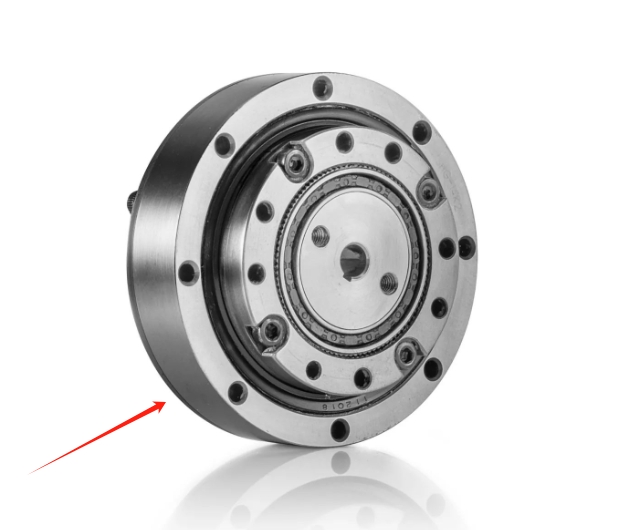The reducer plays a significant role in the efficient and smooth operation of an AGV (Automated Guided Vehicle). AGVs are autonomous vehicles used in various industries to transport goods and materials without human intervention. The reducer is a crucial component of the AGV drive system, responsible for reducing the speed of the motor and transmitting the torque to the wheels. This essay will explore the reducer's importance in an AGV, its functions, types, and the considerations taken into account while selecting a suitable reducer.
The reducer acts as a speed reduction mechanism, ensuring that the AGV operates at the desired speed. It takes the high-speed output of the motor and slows it down, enabling the AGV to move smoothly and precisely. By reducing the speed, the reducer allows for better control and maneuverability. Additionally, it converts the high-speed, low-torque output of the motor to low-speed, high-torque output required to move heavy loads in industrial settings.
In an AGV, the reducer also serves as a torque transmitter, delivering the necessary power to the wheels. It helps the AGV overcome obstacles and traverse challenging terrains with ease. By increasing the torque output, the reducer ensures that the AGV can handle different load conditions and operate efficiently in demanding environments.
There are several types of reducers commonly used in AGVs, each with its own advantages and applications. One common type is the single-stage cycloidal reducer, known for its compact size and high torque capability. Another type is the harmonic drive reducer, which offers excellent precision and minimal backlash. The planetary reducer is also widely used in AGVs for its versatility and reliability.
When selecting a reducer for an AGV, various factors are taken into consideration. These include the required torque and speed ratio, the desired efficiency, and the available space for installation. The reducer's durability, maintenance requirements, and overall cost also play a vital role in the decision-making process. Ultimately, the reducer chosen should be able to meet the specific needs of the AGV application while ensuring optimal performance and longevity.
In conclusion, the reducer used in an AGV is a vital component that significantly impacts its operation and performance. With its ability to reduce speed, transmit torque, and handle varying load conditions, the reducer ensures the AGV can navigate efficiently and safely in industrial environments. The type of reducer selected depends on specific requirements like torque, speed ratio, space availability, and cost considerations. By choosing the right reducer, manufacturers can optimize the AGV's performance, improve productivity, and enhance the overall efficiency of material handling operations.


No comments:
Post a Comment